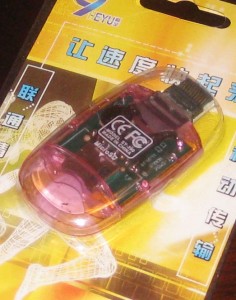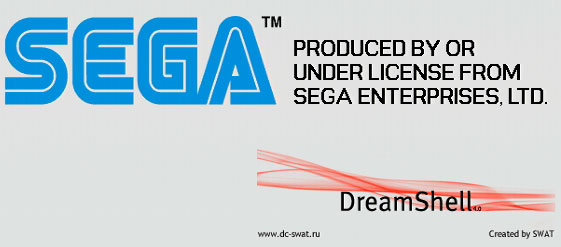3 years ago, I released my Game Music Appreciation project, a website with a ludicrously uninspired title which allowed users a relatively frictionless method to experience a range of specialized music files related to old video games. However, the site required use of a special Chrome plugin. Ever since that initial release, my #1 most requested feature has been for a pure JavaScript version of the music player.
“Impossible!” I exclaimed. “There’s no way JS could ever run fast enough to run these CPU emulators and audio synthesizers in real time, and allow for the visualization that I demand!” Well, I’m pleased to report that I have proved me wrong. I recently quietly launched a new site with what I hope is a catchier title, meant to evoke a cloud-based retro-music-as-a-service product: Cirrus Retro. Right now, it’s basically the same as the old site, but without the wonky Chrome-specific technology.
Along the way, I’ve learned a few things about using Emscripten that I thought might be useful to share with other people who wish to embark on a similar journey. This is geared more towards someone who has a stronger low-level background (such as C/C++) vs. high-level (like JavaScript).
General Goals
Do you want to cross-compile an entire desktop application, one that relies on an extensive GUI toolkit? That might be difficult (though I believe there is a path for porting qt code directly with Emscripten). Your better wager might be to abstract out the core logic and processes of the program and then create a new web UI to access them.
Do you want to compile a game that basically just paints stuff to a 2D canvas? You’re in luck! Emscripten has a porting path for SDL. Make a version of your C/C++ software that targets SDL (generally not a tall order) and then compile that with Emscripten.
Do you just want to cross-compile some functionality that lives in a library? That’s what I’ve done with the Cirrus Retro project. For this, plan to compile the library into a JS file that exports some public functions that other, higher-level, native JS (i.e., JS written by a human and not a computer) will invoke.
Memory Levels
When porting C/C++ software to JavaScript using Emscripten, you have to think on 2 different levels. Or perhaps you need to force JavaScript into a low level C lens, especially if you want to write native JS code that will interact with Emscripten-compiled code. This often means somehow allocating chunks of memory via JS and passing them to the Emscripten-compiled functions. And you wouldn’t believe the type of gymnastics you need to execute to get native JS and Emscripten-compiled JS to cooperate.
Continue reading


